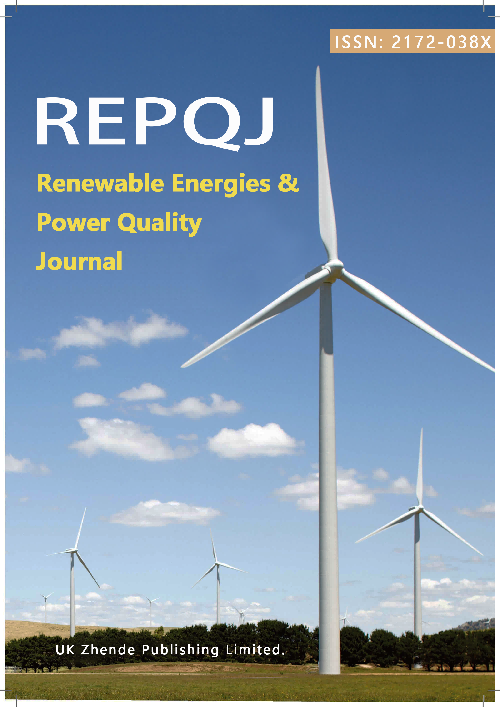Adaptive Unscented Kalman Filter Dynamic State Estimation Method for Distribution Network Based on Dynamic Interval Optimization
DOI:
https://doi.org/10.52152/4251Keywords:
Maximum correntropy criterion, Sigma points, Non-Gaussian noise, Load transients, Fault recovery time, Multi-level distribution networkAbstract
With the rapid development of smart grid technology, the distribution network, as the core part of the power system, is facing more and more challenges. Traditional distribution network state estimation methods are mostly based on static models, which dynamic changes such as load fluctuations and equipment failures in the power grid. In order to improve the accuracy and real-time performance of dynamic state estimation of distribution network, this paper proposes an adaptive unscented Kalman filter dynamic state estimation method of distribution network based on dynamic interval optimization. This unscented Kalman filter can deal with nonlinear and multivariable dynamic systems. Through dynamic interval, it accurately estimates the running state of dynamic state estimation of distribution demand during distribution operation constructs the mathematical of dynamic state estimation based on this demand. To improve the accuracy and real-time performance of dynamic state estimation in distribution networks, this paper proposes an adaptive unscented Kalman filter dynamic state estimation method based on dynamic interval optimization. Improved UKF refers to adaptive UKF based on dynamic interval optimization, which enhances adaptability to nonlinear systems and dynamic disturbances by adjusting the noise covariance matrix and filtering gain in real-time. This algorithm uses a dynamic interval optimization strategy to automatically adjust UKF parameters to adapt to real-time changes in the operating status of the distribution network, significantly improving estimation stability and accuracy. Compared with traditional methods, the estimation error of the proposed adaptive unscented Kalman filter method is reduced by about 18%, and the computational efficiency is improved by 25%. This paper further discusses the application prospect of this method in large-scale distribution network, and puts forward the future optimization direction, such as the applicability in multi-level and multi-regional distribution network and the parallel optimization of the algorithm. This method has high practical value and intelligence level of distribution network. The experiment shows that compared with traditional UKF, this method reduces the maximum error from 5.45% to 2.47% in a 50 node network, shortens the average computation time from 4.2 seconds to 3.1 seconds, and reduces the fault recovery time to less than 3 seconds.
Downloads
Published
Issue
Section
License
Copyright (c) 2025 Yidong Hu, Hui Chen, Jian Gao, Yunfeng Yang (Author)

This work is licensed under a Creative Commons Attribution 4.0 International License.











